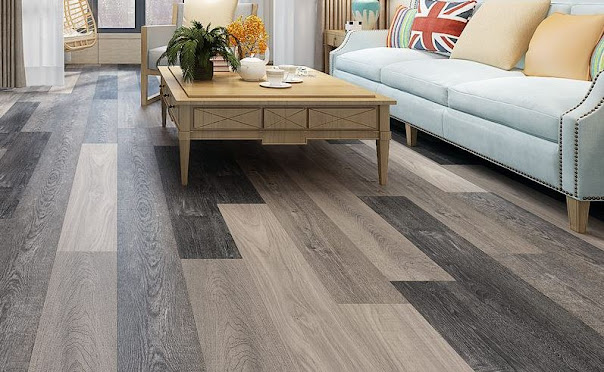What Are The Different Types Of Carpet That Comes With Its Own Pros And Cons?
There are a lot of different types of carpets out there, and each type comes with its own pros and cons. Some are better for high-traffic areas, while others might be more appropriate for a bedroom or other low-traffic space. Regardless of the carpet you choose, make sure to consider what activities and traffic patterns your home sees, as well as how much care and maintenance it will need.
Choosing Fibers
The fibers in a Carpet Fitting and Installation Services are typically synthetic, but there are also natural options like wool or cotton. The choice of what fiber to use depends on a number of factors, including how much wear and tear you expect from the carpet, how easily it can be cleaned and the coloration of the fibers.
Nylon: nylon fibers are the most common synthetic carpeting option, and they’re highly durable. They repel moisture, hold their color well and don’t show signs of fading. They’re not as soft or as comfortable as some other fibers, though.
Polyester: synthetic polyester fibers are a less expensive alternative to nylon, and they share many of the same qualities. They’re also moisture and stain resistant, and they’re relatively easy to clean.
Durability and Sustainability
Acrylic: Another alternative to nylon, acrylic carpets are less durable and can’t stand up to heavy traffic, but they’re very soft and comfortable. They’re also easy to clean and can be made into a variety of textures, from plush to tufted.
Olefin: olefin fibers are similar to those found in nylon, but they’re less likely to retain moisture and produce static. They’re less expensive than other synthetic options, but they can also be less durable than nylon or acrylic.
Polyurethane: The most common backing material for carpets is polyurethane, which is a strong and cheap construction material that does well with moisture. But it can be rough on baseboards, so you’ll need to choose carefully.
Very Soft And Luxurious
Jute: jute is a naturally occurring plant fiber that’s more coarse and less plush than some other options. It’s also one of the more durable options, but it can be difficult to find and may not be available in all sizes.
Sisal: a woven Carpet Fitting in Dubai from the fibers of an agave plant is similar to jute, but it’s more durable than jute and is less coarse.
Cotton: A carpet made from the fibers of a cotton plant is very soft and luxurious, but it’s also extremely expensive. Its durability is comparable to wool, but it’s not as soft or plush and tends to stain more easily.
Wool: a traditional fiber used in rugs, carpets and woven textiles is a natural product that’s known for its softness and durability. It’s also a popular choice for people who have allergies or concerns about chemicals in their home, because it doesn’t contain any harmful substances.
Conclusion:
Embroidered: an embroidery technique, a type of hand-weaving, is another type of carpeting that’s more commonly found in the 18th century than modern woven carpets. Unlike woven carpets, which are formed on a loom, embroidery carpets are made using stitching to establish a pattern. The most common techniques include the tent stitch and the cross stitch.




Comments
Post a Comment